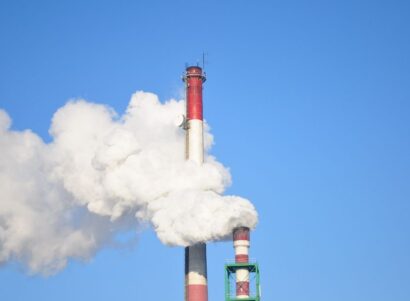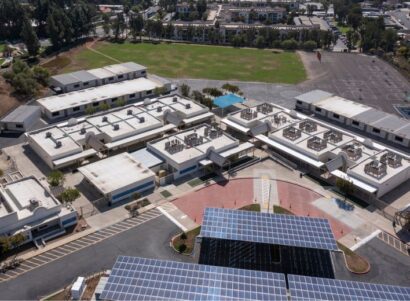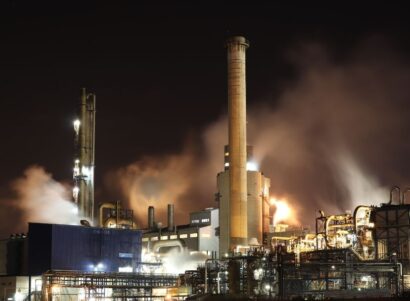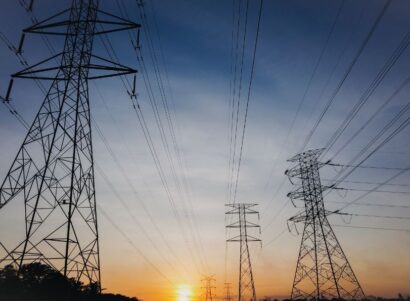Overview
The significant development of oil and gas from the Marcellus Shale and other geological formations in Pennsylvania over the last decade has generated large volumes of liquid and solid waste. In this paper we use data reported to the Pennsylvania Department of Environmental Protection (PADEP) to examine temporal and spatial trends in generation and management of liquid and solid waste from both conventional and unconventional oil and gas activities in Pennsylvania between 1991 and 2017. This study is the first complete assessment of waste quantity, waste types, waste handling practices, and spatial waste tracking for all currently available years of Pennsylvania oil and gas waste data.
In Pennsylvania in 2017, more than half of oil and gas wastewater by volume was reused at well pads to facilitate more hydrocarbon production, while the majority of solid waste by volume was disposed of at in-state landfills. The spatial resolution of wastewater generation and handling from unconventional operations has improved substantially with recent regulations and reporting requirements. Conventional oil and gas development, however, was not held to more stringent reporting requirements and thus spatially-explicit data on wastewater generation and handling from conventional oil and gas development is still lacking. In addition, a third of the liquid waste across all years in the inventory lack a reported final destination. Spatially explicit cradle-to-grave reporting of waste generation and waste handling from both conventional and unconventional oil and gas development is critical to assess potential environmental and human health hazards and risks associated with oil and gas development.

 Study
Study






